Assassin's Creed Valhalla - Comparing the Asgardians to their MCU Counterparts
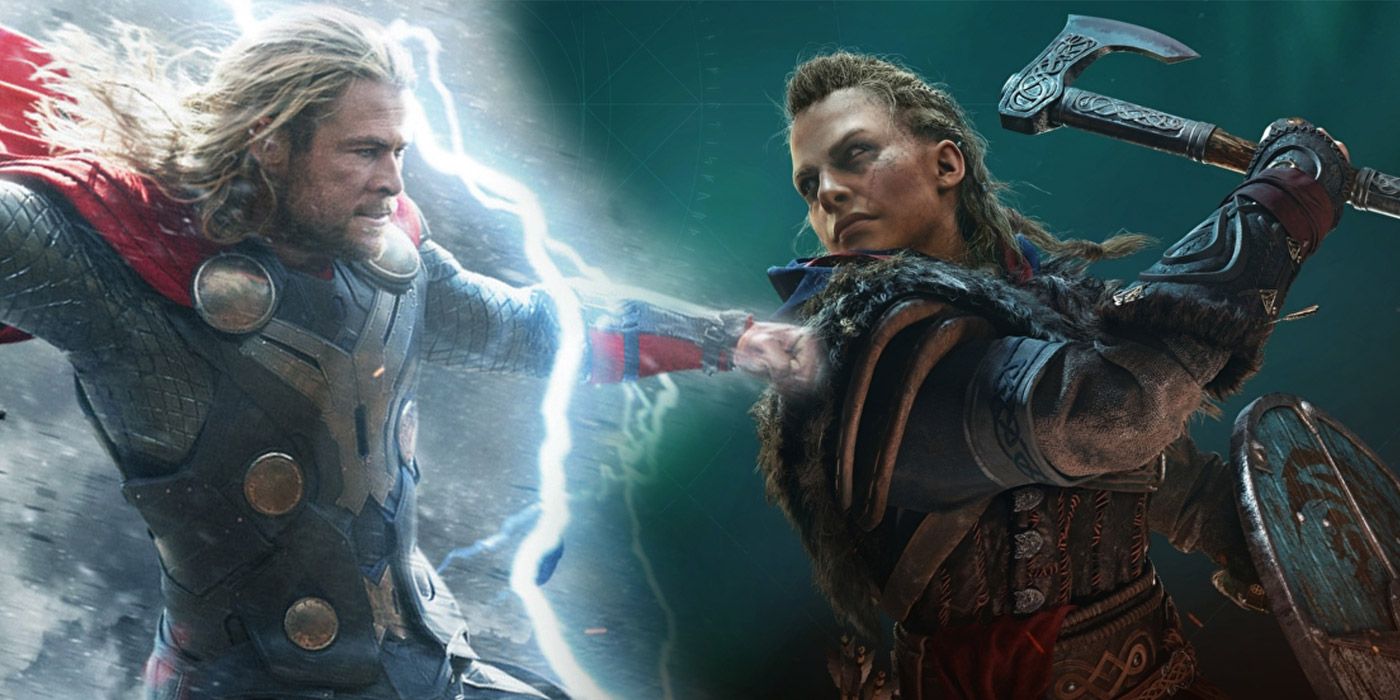
In Assassin's Creed Valhalla, the player will spend most of their time traveling through England in search of alliances. Though other areas such as Vinland and Norway are available to the player, the bulk of the game takes place here in the four kingdoms of England. MASSIVE SPOILERS AHEAD.
With the help of Valka, the Seer, Eivor can travel to the mythical realm of Asgard, though, taking the form of Havi the Allfather as he deals with various godly problems. During the Asgard arc, players will meet several Aesir (Norse Gods) that also appear in the Marvel Cinematic Universe, but will quickly learn that they are very different incarnations of the same mythical beings.
In keeping with its own mythos, all of the Aesir are in fact part of the ancient race of Isu gods. Players have been dealing with these ancients since the early days of Assassin's Creed, and they continue to be a driving force in the story of Assassin's Creed Valhalla. Unlike most games before it, though, Assassin's Creed Valhalla lets players have a sneak peek at Isu civilization through the eyes of Havi, or at the very least an idealized version of it conjured up by Eivor's hallucinatory dreams.
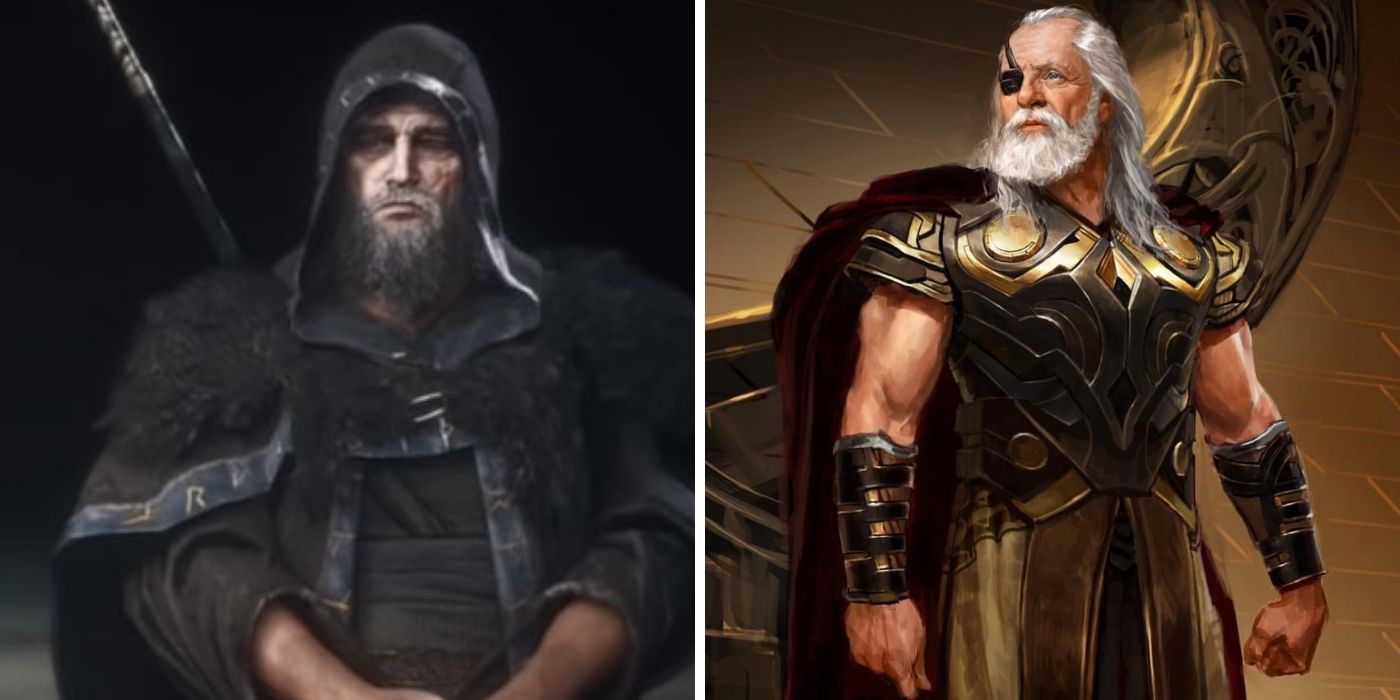
In Assassin's Creed Valhalla, players frequently talk with Odin himself, and even get to play as the god in the Asgard story arc where they are instead referred to as Havi (meaning High One). In the game, he is often depicted as an old man shrouded in mystery, though as players continue the story they see more and more of him. By contrast, the MCU's Odin tends to be more heavily armored and out in the open, but this is mostly a matter of time and perspective. In those stories, viewers are seeing Asgard during its prime from the eyes of Thor, whereas in Assassin's Creed Valhalla, they are seeing the remnants of this civilization from Eivor's perspective.
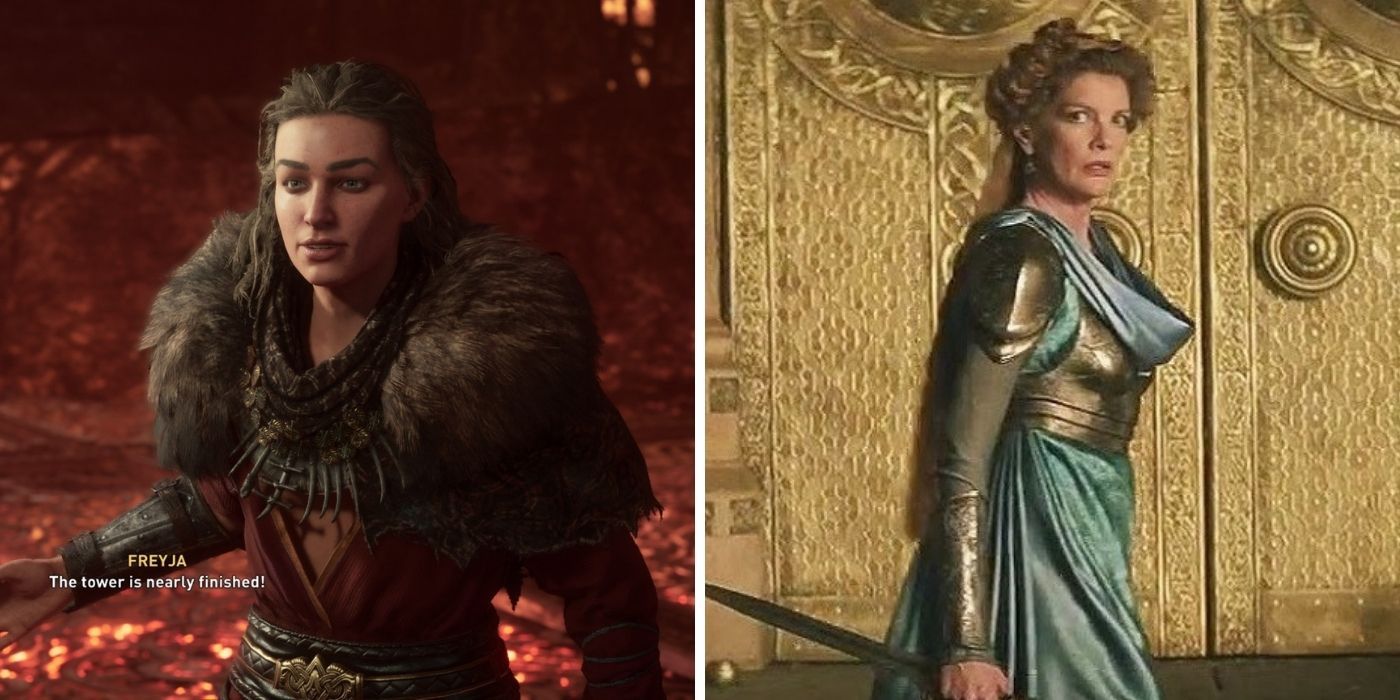
The queen of Asgard, Assassin's Creed Valhalla's Freyja is a fierce warrior, and players can even head into battle with her in the first mission. In both incarnations, she is the wife of Odin and the father of Thor, but their similarities end there. Visually, the MCU version looks much older than Assassin's Creed's incarnation of the goddess of fertility, and she isn't nearly as capable in a fight. That isn't to say she's helpless, as she disproves this assumption in Thor: The Dark World after she takes on Malekith with ease. Regardless, the differences between these two versions of the character run deeper than her name.
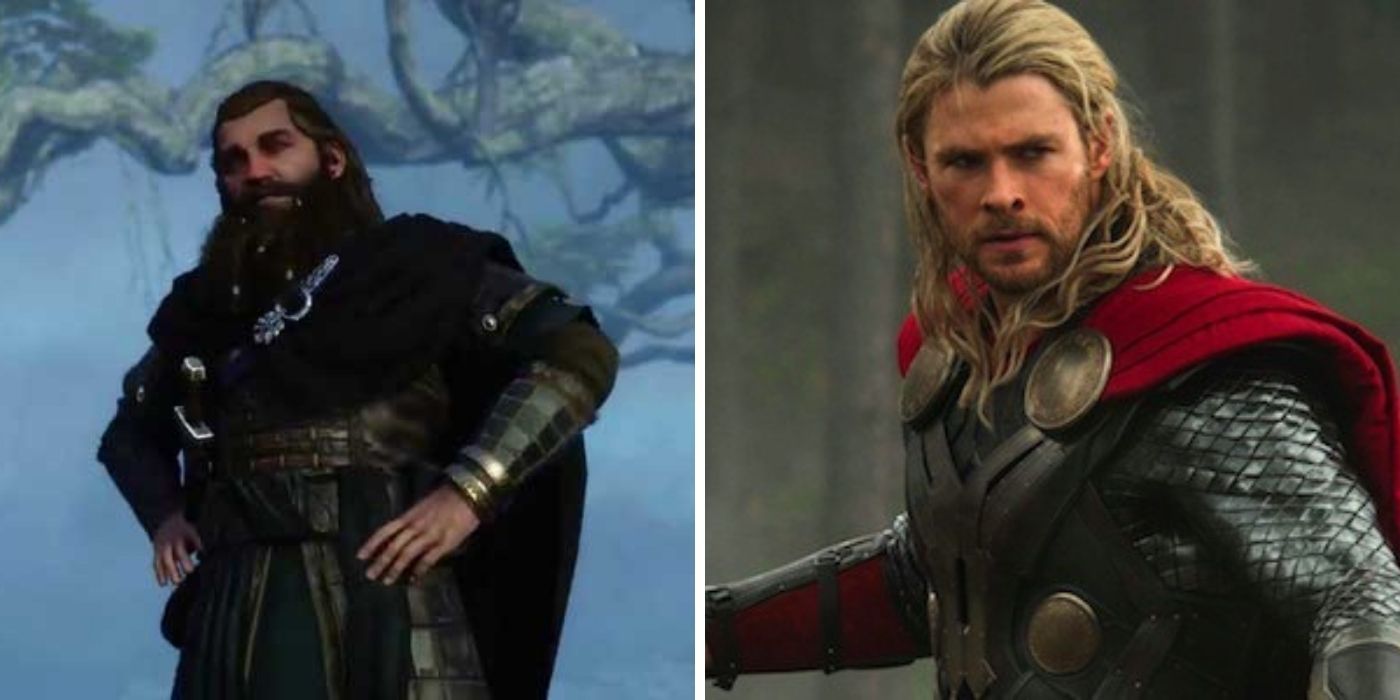
Thor is another prominent character in both franchises, and he too is depicted differently in both. Visually speaking, the MCU's Thor has flowing, golden locks, but these are eventually set aside once the character starts interacting with Earthlings more. Ironically, Thor's armor in the MCU matches the Thor's armor set that Assassin's Creed Valhalla players can find much better than the Isu version of Thor's armor. In terms of personality, the Thor in the Asgard arc seems to act similarly to Thor at the beginning of his MCU debut, as he is hot headed and lusts for battle above all else.
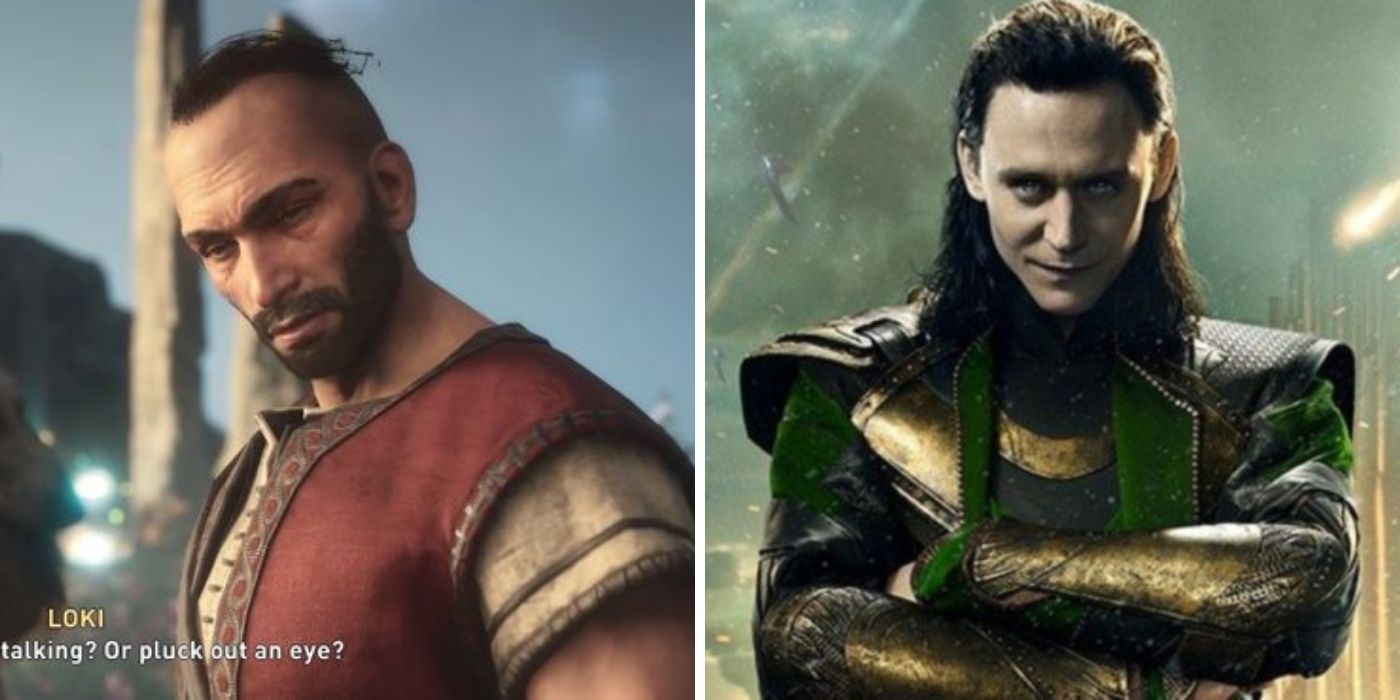
Of all the Aesir represented in Assassin's Creed Valhalla, Loki may be the one that resembles his MCU character the most. Both have dark brown hair slicked back and a penchant for trickery and deceit. Where these two seem to differ most is in their personality, as the Loki players meet in the Asgard arc seems a bit more brutish than the MCU's version of him. The character reminds fans more of Assassin's Creed Valhalla's Ivarr than the MCU's Loki, at least this is the case early on in the story. Continue on and the two will seem more and more alike, as they each are likable characters that ultimately are treacherous in the end.
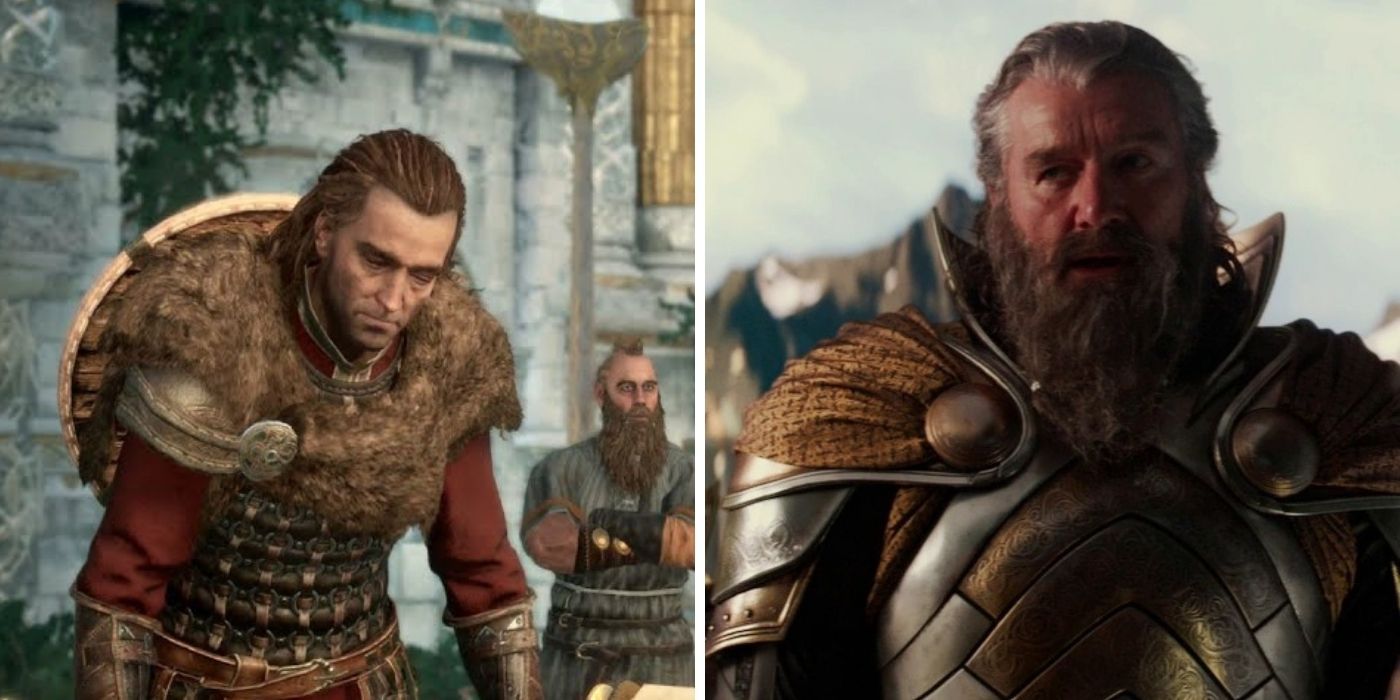
For many fans, it may be surprising to hear that Tyr has already played a role in the MCU. In the lore of Norse mythology, Tyr is somewhat shrouded in mystery, but sources generally agree that he was a god of War, Justice, and Law. In Assassin's Creed Valhalla, he plays the role of one of Odin's most trusted companions, and the same holds true in the MCU. In this version, Tyr is the leader of the Einherjar, an elite force of warriors that serve Odin. Unfortunately, viewers don't get to see these warriors or Tyr in action much in the movies, as his primary role is simply guarding Jane Foster.
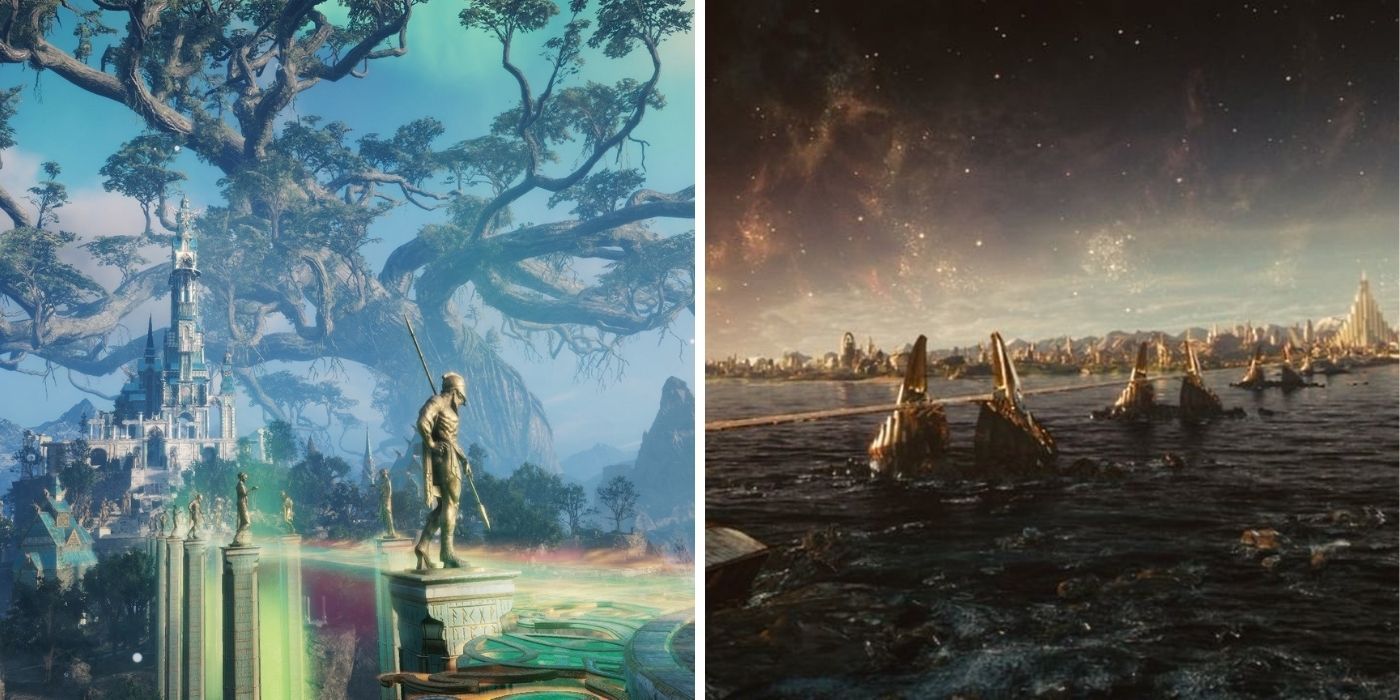
What is interesting about both of these representations of Norse gods is that they are very human in nature. Rather than divine beings that can't be understood, they are really more like aliens or, in the case of Assassin's Creed, just an ancient Isu civilization. To be fair, much of Norse mythology paints them in this way as well, with gods frequently making mistakes and acting somewhat petty towards one another. For this reason, both representations have merit and are relatively faithful to the source material.
In terms of which version of these gods is better, it's really up to each individual to decide. Generally speaking, the MCU versions of Thor and Loki are much more well developed as characters, but this is mostly because they are the primary characters in those stories. Players get to see a lot more of Havi in Assassin's Creed Valhalla, and Tyr obviously plays a bigger role in the game as well. Without getting into spoilers, each of these Aesir are also represented in another way throughout Assassin's Creed Valhalla, mainly to serve the lore of the overarching story.
Assassin's Creed Valhalla is available now on PC, PS4, PS5, Stadia, Xbox One, and Xbox Series X.

Post a Comment